By Senior Instructor Paul Cavel
Single Palm Change and Beyond
In the first part of this article, we left off discussing the minimalist’s camp—doing nothing and being absolutely content—but how do you get there? Once you have an understanding of and become proficient in Bagua Circle Walking, you can then progress to the Bagua Single Palm Change.
This is a very short, five-step bagua form—the foundation of, and which is contained within, all the other palm changes or forms within bagua. The purpose of the Bagua Single Palm Change is to upgrade and amplify all the benefits of Circle Walking, bring the twisting and spiraling of the soft tissue deeper in the body, giving access to deeper layers of contraction, producing light energy within and adding the possibility of martial practice.
Once you have learnt the Single Palm Change, you can learn any of the eight Palms. Whether you learn all eight palms, or stick with only the Single palm, you can develop your body, mind and life-force energy to a very high degree. These palm changes are designed to go directly into your core: opening, healing, balancing and developing your system as you practise.
Efficient Practice for Refining Your Being
Since the palm changes (also called forms or palms) are very short and concise, they never take more than 20 to 30 seconds to perform at the slowest speeds. They can be completed in a matter of a few seconds at high speeds. The palms are practised equally on both sides of the body in a left-right-left continuum, creating and maintaining balance as you practise.
With a regular exercise regime and walking at a reasonably fast pace, it is possible to practise the same palms tens or hundreds of times in a single practice session. You refine and hone the effectiveness of your practice whilst following an old Taoist dictum: “Doing a little really well yields more than doing a lot poorly.”
Circle Walking initially opens up the body, increases blood flow and gets your metaphorical chi generator engaged and running as we discussed last month. The Single and other palms delve deeper into your body, accessing deeper and deeper layers of stuck tissue and condensed energies. This is why bagua reaches the parts that other movement practices do not reach.
Spontaneity
When a particular bagua palm change or technique starts to open up something inside you, you are free to practise that particular palm or technique again and again, working loose any bound chi. You are not restricted by a particular order of moves, or after a certain number of repetitions that you must then move on to another move as in tai chi or qigong. You can go into the body using whatever is working for you and open up that energy and free that.
This is one of many design features within bagua that gives you the ability to quickly and efficiently bring up old traumas and/or conditioning, accept it for what it is, let go of it and move on.
For several days or weeks you may have the same practice model whilst learning and developing a new palm or aspect of neigong, or opening up a specific place in your body. At some point everything gels or changes inside you and your practice changes with it.
Once that space is opened, or the particular aspect is integrated, it’s time to move on to the next component. It could be that your practice changes on a daily basis for a while-some days slow walking, some fast or both. You may practise one palm after the other or totally randomly. As the thought of a bagua palm comes into your head you are already in the middle of that palm as your body reacts to the intent of the mind.
This part of the practice obliterates inertia. You find yourself moving without inertia or any sudden jerks and smoothly flowing through the well-oiled and practised bagua palm. You move like a great river turning and twisting its way along its carved path through the earth. This kind of spontaneous practice of highly refined and developed techniques allows the practitioner to use, in the moment, whatever is available to him/her in order to achieve the desired results.
The more you practise the deeper you go clearing out the residue of all past illness, injury and trauma. Delving in, layer by layer, you loosen and release the root causes of pain and discomfort.
Traditionally the Inner Dissolving practices were brought into play, initially through sitting and later with Circle Walking practice. It is through Inner Dissolving that you can fully resolve past traumas and truly work on emotional maturity and spirituality. Again, not by changing the forms or learning a new set, but by adding a new component to your foundation practice.
All of these practices are only possible through actualising the basic rule of learning any high level practice-separate and combine.
Whatever aspects of the game for which you choose to engage ba gua offers the possibility of getting down to the real developmental work directly. It allows you the space to change and grow with your practice, spontaneously as your life unfolds.
Bagua offers you a certain je ne sais quoi, an edge in bringing you back to your center. Balancing the competing demands of the modern world and your inner world, ba gua grounds you in your body.
Ancient Taoist practices are a gift from the gods, an answer to the question: “How can I maintain stability and balance in a world full of stress and madness?” Take the opportunity to start practising whilst the teachings are available—before life gets any crazier.

See https://www.paulcavel.com/ for more information and articles.


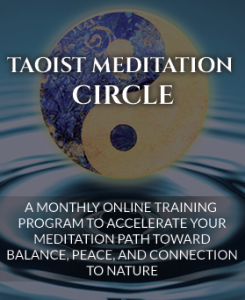
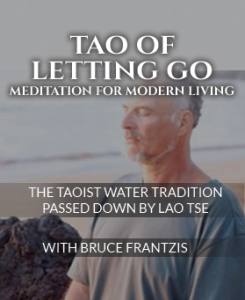
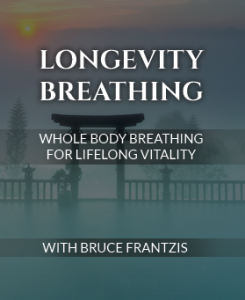
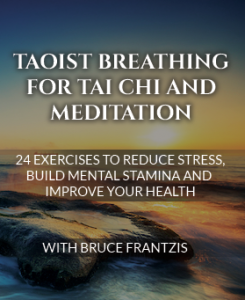
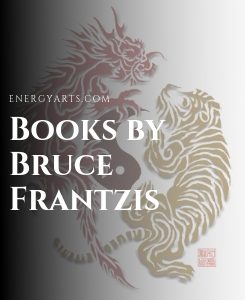
0 Comments